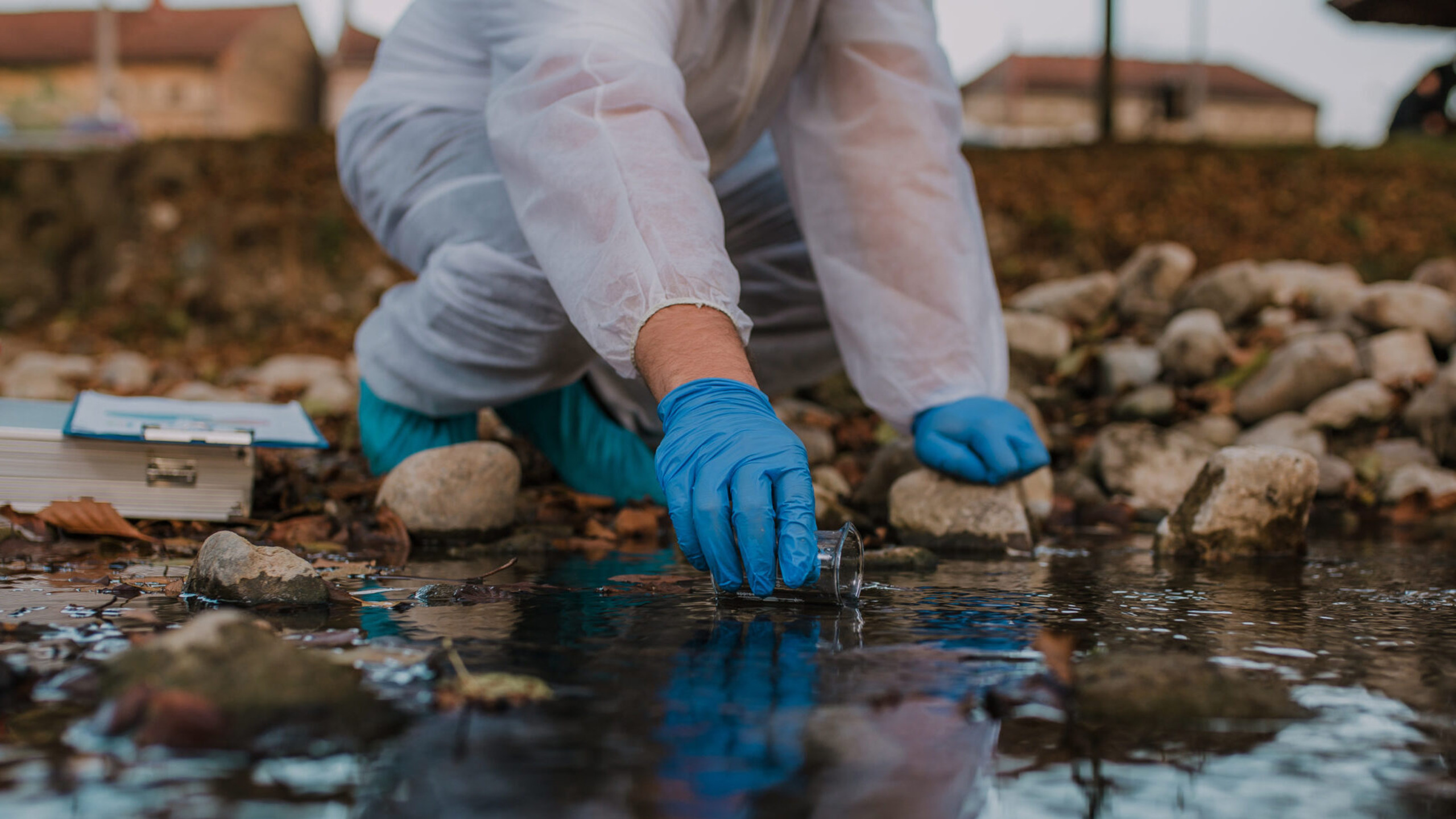Well water is an excellent source of drinking water for those who live in rural areas or are not connected to a public water system. However, well water can be contaminated with various harmful substances, including bacteria, viruses, minerals, and chemicals. Testing the quality of well water using water testing kits is essential to ensure that it is safe for consumption. In this article, we will explore the importance of testing well water, the different types of water testing kits available, and how to interpret water test results.
Why Test the Quality of Well Water?
Testing the quality of well water is essential for several reasons. Firstly, well water can contain harmful contaminants that can cause a range of health problems, from minor illnesses to serious diseases. Contaminated water can cause symptoms such as nausea, vomiting, and diarrhea. Long-term exposure to contaminated water can also lead to chronic health conditions such as cancer, liver damage, and neurological problems.
Secondly, well water quality can change over time due to various factors such as weather, geological conditions, and human activities. For example, heavy rainfall can cause the groundwater to become contaminated with bacteria and viruses. Agricultural activities such as the use of pesticides and fertilizers can also contaminate well water with chemicals.
Thirdly, private well owners are responsible for the safety of their own drinking water. Unlike public water systems, private well owners do not have regular testing requirements, making it important for them to test the quality of their well water regularly.
Types of Water Testing Kits
Water testing kits come in different forms, including test strips, drops, and digital meters. Test strips are an affordable and easy-to-use option for testing the quality of well water. These strips change color when exposed to certain contaminants in the water. Drops offer more accuracy than test strips and can detect a broader range of contaminants. Digital meters are the most advanced and expensive type of water testing kit, providing accurate and reliable results.
What to Test for in Well Water?
There are several contaminants that private well owners should test for when testing the quality of their well water. These include:
- Bacteria: Bacteria such as E. coli and coliform can indicate the presence of fecal matter and other harmful substances in the water.
- Nitrate: Nitrate is a chemical compound that can come from fertilizers and animal waste. High levels of nitrate in well water can cause serious health problems, especially in infants.
- pH: The pH level of well water can affect its taste, odor, and the effectiveness of water treatment systems.
- Hardness: Hard water contains high levels of minerals such as calcium and magnesium, which can cause scaling in pipes and appliances.
Interpreting Water Test Results
Interpreting the results of a water test can be challenging, especially for those who are not familiar with water chemistry. Water testing kits typically provide results in parts per million (ppm) or parts per billion (ppb). A higher ppm or ppb indicates a higher concentration of the contaminant in the water.
If a water test reveals the presence of a contaminant in the water, it is important to take appropriate action. For example, if the test reveals high levels of bacteria (testing water for any harmful bacteria), disinfecting the well or water system may be necessary. If the test reveals high levels of nitrate, reducing the use of fertilizers and animal waste can help prevent contamination.
Conclusion
Testing the quality of well water using water testing kits is essential for ensuring that it is safe for consumption. Well water can contain various harmful contaminants, and private well owners are responsible for the safety of their own drinking water. Water testing kits come in different forms, including test strips, drops, and digital meters, making it easy to test the quality of well


